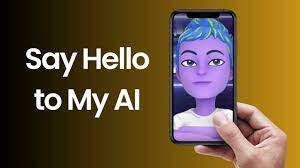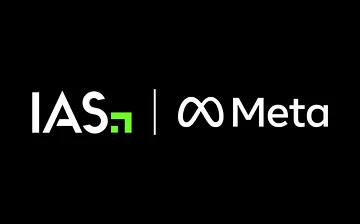Removing the Dislike Button from Shorts:
In an era where content consumption is evolving at a rapid pace, YouTube has continually sought innovative ways to enhance user experience. Recently, the platform has started testing the removal of the ‘dislike’ button from its Shorts interface, a move that has sparked discussions among creators and viewers alike. This experiment is part of YouTube’s broader efforts to create a more positive environment and encourage user engagement on their short-form video platform.
Table of Contents
The Rise of YouTube Shorts
Launched in 2020, YouTube Shorts has quickly gained traction as a competitor to TikTok and Instagram Reels. With its bite-sized videos, YouTube aimed to capture the attention of younger audiences who favor quick, engaging content. The platform’s algorithm promotes visibility, allowing creators to reach wider audiences without the extensive efforts often required for longer videos. The introduction of Shorts was met with enthusiasm, as it provided a new avenue for creativity and interaction among users.
Understanding the Dislike Button
The dislike button has long been a part of YouTube’s ecosystem, serving as a way for viewers to express their dissatisfaction with content. However, the impact of the dislike feature has been a topic of contention. While it can provide valuable feedback to creators, it can also lead to negativity and discourage content creators, especially those who are just starting out. In the context of Shorts, where the goal is to foster quick engagement and creativity, the presence of a dislike button could be counterproductive.
The Rationale Behind the Change
YouTube’s decision to test the removal of the dislike button from Shorts stems from a desire to cultivate a more positive community. By eliminating the dislike option, the platform aims to shift focus away from negativity and toward constructive engagement. This could lead to a more encouraging environment for creators, allowing them to experiment with new ideas without the fear of receiving harsh criticism. In theory, this change could also help boost the overall sentiment towards content shared on Shorts, encouraging more users to participate.
User Reactions
The response to this test has been mixed. Some users appreciate the intention behind removing the dislike button, arguing that it may foster a more supportive community. Creators, especially those new to the platform, have expressed optimism that this change could allow them to grow without the fear of negative feedback. On the other hand, some users argue that the dislike button serves a purpose, providing a means to indicate when content does not meet their expectations. They believe that removing it could dilute the feedback loop that creators rely on to improve their content.

YouTube’s
Implications for Creators
For creators, this change could represent both challenges and opportunities. On one hand, the absence of the dislike button may lead to less critical feedback, potentially resulting in a lack of direction for content improvement. Creators often use audience reactions to gauge what works and what doesn’t. On the other hand, by reducing the potential for negative interactions, creators might feel more liberated to experiment with their content. This could lead to an influx of creativity as users explore new formats and styles without the looming threat of disapproval.
The Positive Community Initiative
YouTube has been on a mission to foster a positive online environment across all its platforms. The removal of the dislike button from Shorts aligns with its broader initiative to combat negativity and toxicity that can arise in digital spaces. By focusing on positivity, YouTube hopes to encourage more users to create and share content, enriching the platform’s ecosystem. This change reflects a growing awareness of mental health and the impact of online interactions, emphasizing the need for supportive spaces where creators can thrive.
Alternatives to the Dislike Button
As YouTube experiments with removing the dislike button, discussions have arisen about potential alternatives for feedback. Some suggest implementing a feature that allows users to provide constructive comments without the need for a simple dislike. This could promote more meaningful interactions and discussions, fostering a sense of community among users. Additionally, YouTube could consider adding more nuanced engagement tools, such as polls or emoji reactions, that allow viewers to express their feelings about content without resorting to negative feedback.
The Future of YouTube Shorts
The removal of the dislike button is just one of many changes YouTube is considering to enhance the Shorts experience. As the platform continues to evolve, it will be crucial for YouTube to listen to its user base and adapt to their needs. The balance between creator feedback and fostering a positive community will be key in shaping the future of Shorts.
As YouTube gathers data from this test, it will likely assess user engagement, content quality, and overall sentiment. The outcomes of this experiment could set a precedent for how feedback is managed across the platform, not just for Shorts but for longer content as well.
Conclusion
YouTube’s decision to test the removal of the dislike button from its Shorts interface marks a significant shift in how the platform approaches user feedback and community engagement. While the implications of this change are still unfolding, it represents a bold step towards creating a more supportive environment for creators and viewers alike. By prioritizing positivity and encouraging creativity, YouTube may not only enhance the experience of its users but also solidify its position as a leader in the ever-evolving landscape of digital content creation.
In a time where online interactions can often skew negative, YouTube’s initiative serves as a reminder of the importance of fostering communities where creators feel empowered to share their voices without fear of judgment. As this experiment continues, the eyes of the content creation world will be watching closely, eager to see how these changes unfold and what they mean for the future of online video sharing.



